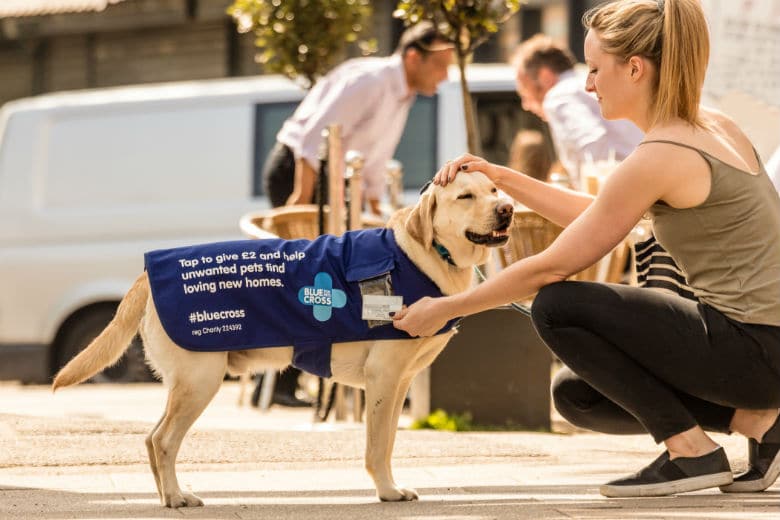A rescue organization in the United Kingdom is combining technology with its fundraising efforts to help raise money for injured and unwanted dogs.
Blue Cross, an animal-welfare group since 1897, has recruited a team of dogs to help raise money by using a “pat and tap” method.
Related: With a Wag of a Tail, New Camera Snaps Happy Dog Memories
Wearing special jackets, dogs have contactless-card technology in the apparel, allowing donors to simply pat the dog with their credit card and make a donation. Each tap will instantly donate £2, or almost $3.
The move comes after the organization found that less people had cash on hand, making the traditional fundraising cups or tins less effective.
Related: New Technology Has Dogs ‘Talking’ to Their Owners
The current Tap Dogs sporting the high-tech donation vest include five different pups – two labs, a lurcher, border collie and sheepdog. They will be responsible for encouraging people to donate at various events.
Check out the video to see them in action:
Images courtesy of Blue Cross




















